A World Heritage Site
The World Heritage Site Management Plan summarises the significance, or outstanding universal value, of the Stonehenge and Avebury World Heritage Site as follows:
The Stonehenge, Avebury, and Associated Sites World Heritage Site is internationally important for its complexes of outstanding prehistoric monuments. Stonehenge is the most architecturally sophisticated prehistoric stone circle in the world, while Avebury is the largest in the world. Together with inter-related monuments and their associated landscapes, they help us to understand Neolithic and Bronze Age ceremonial and mortuary practices. They demonstrate around 2000 years of continuous use and monument building between c.3700 and 1600 BC. As such they represent a unique embodiment of our collective heritage.[1]
The Stone Monument
The significance of Stonehenge itself can be summarised as follows:
- Stonehenge is the most architecturally sophisticated and only surviving lintelled stone circle in the world.
- The earliest stage of the monument is one of the largest cremations cemeteries known in Neolithic Britain.[2]
- The stones were brought from long distances – the bluestones from the Preseli Hills, over 150 miles (250km) away, and the sarsens from West Woods, 15 miles (25km) north of Stonehenge on the edge of the Marlborough Downs.[3]
- The stones were dressed using sophisticated techniques[4] and erected using precisely interlocking joints, unseen at any other prehistoric monument.
A Unique Landscape
Stonehenge does not stand in isolation, but forms part of a remarkable ancient landscape of early Neolithic, late Neolithic and early Bronze Age monuments.
Containing more than 350 burial mounds and major prehistoric monuments such as the Stonehenge Avenue, the Cursus, Woodhenge and Durrington Walls, this landscape is a vast source of information about the ceremonial and funerary practices of Neolithic and Bronze Age people.
It can also help our understanding of regional and international contacts from the 4th to the 2nd millennium BC, and shed light on how prehistoric society was organised.
Archaeology and Meaning
Stonehenge has often been at the forefront of the development of archaeology. Our understanding of the monument is still changing as excavations and modern archaeological techniques continue to yield more information.
Stonehenge has perhaps been the focus of more theories about its origin and purpose than any other prehistoric monument. Today, the interpretation which is most generally accepted is that of a prehistoric temple aligned with the movements of the sun. It is the most striking example of the ceremonial complexes emerging across Britain and Ireland at this time. These were places to honour the ancestors and mark important moments in the calendar. At the centre of this belief system was the sun, with the solstice alignments enshrined within the fabric of the monument. Stonehenge was not ‘one’ monument, but rather was built, altered, and revered for over 1,500 years, around 100 generations.
Read more about research on Stonehenge
Icon and inspiration
Finally, Stonehenge is an icon of the past and a powerful image of ancient achievement. It has been the subject of many paintings and poems and featured in books, music and films.
And while the story of Stonehenge continues to evolve, it is not simply a record of the past – it remains vibrant and compelling as an enduring place of belief and meaning that still inspires visitors and communities today.
Find out more
-
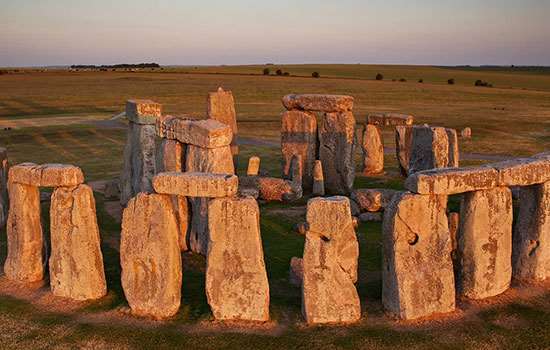
History of Stonehenge
Read a full history of one of the world’s most famous prehistoric monuments, from its origins about 5,000 years ago to the 21st century.
-
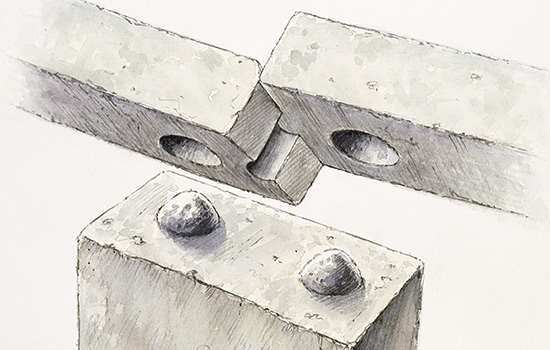
Building Stonehenge
Stonehenge is a masterpiece of engineering. How did Neolithic people build it using only the simple tools and technologies available to them?
-
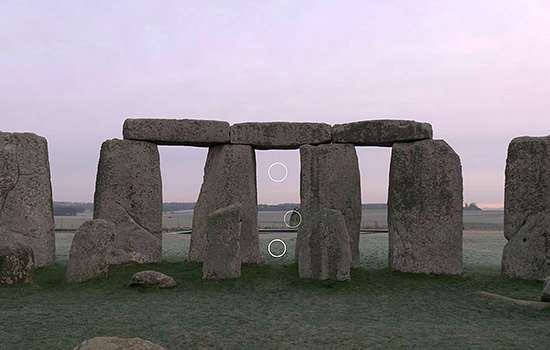
Virtual Tour of Stonehenge
Take an interactive tour of Stonehenge with this 360 degree view from inside the stones, which explores the monument’s key features.
-
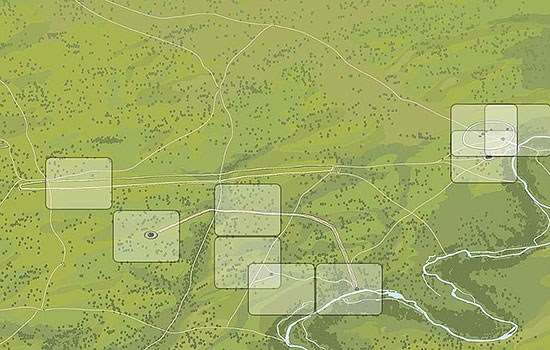
Explore the Stonehenge Landscape
Use these interactive images to discover what the landscape around Stonehenge has looked like from before the monument was built to the present day.
-
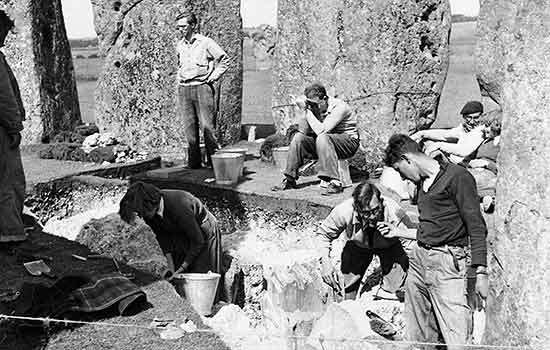
Research on Stonehenge
Our understanding of Stonehenge is constantly changing as excavations and modern scientific techniques yield more information. Read a summary of both past and recent research.
-
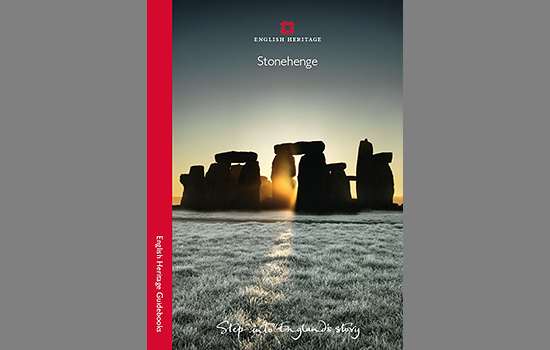
Buy the guidebook
The guidebook includes a tour and history of the site and its remarkable landscape, with many reconstruction drawings, historic images, maps and plans.
-
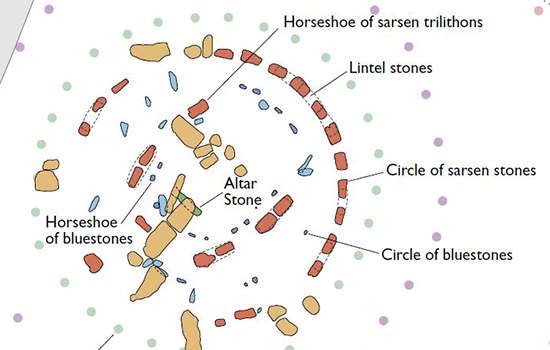
Plan of Stonehenge
Download this PDF plan to see the phases of the building of Stonehenge, from the first earthwork to the arrangement of the bluestones.
-

More histories
Delve into our history pages to discover more about our sites, how they have changed over time, and who made them what they are today.
